The Evolution of Healthcare Technology
The healthcare industry has undergone significant transformations over the years, driven by technological advancements. These innovations have not only improved patient care but have also reshaped the way healthcare services are delivered.
Importance of Technological Advancements in Healthcare
Technological advancements play a crucial role in enhancing the efficiency and effectiveness of healthcare services. They enable healthcare providers to deliver better patient outcomes, streamline operations, and reduce costs. Key benefits of these advancements include:
| Benefit | Description |
|---|---|
| Improved Patient Care | Technology allows for more accurate diagnoses and personalized treatment plans. |
| Increased Efficiency | Automation and digital tools reduce administrative burdens and improve workflow. |
| Enhanced Communication | Technology facilitates better communication between patients and providers. |
| Data Management | Advanced data analytics help in tracking patient outcomes and improving services. |
These advancements are essential for meeting the growing demands of the healthcare sector and addressing challenges such as rising costs and an aging population. For more insights, explore our article on healthcare industry trends.
Impact of Technology on Private Healthcare
The impact of technology on private healthcare has been profound. Private healthcare providers have adopted various technological solutions to enhance service delivery and patient satisfaction. Some notable impacts include:
| Impact | Description |
|---|---|
| Telemedicine Adoption | Virtual consultations have become commonplace, allowing patients to access care from home. |
| Enhanced Patient Engagement | Mobile apps and patient portals enable patients to manage their health more effectively. |
| Advanced Diagnostics | AI and machine learning are being used to improve diagnostic accuracy and speed. |
| Streamlined Operations | Electronic health records (EHRs) and practice management software improve operational efficiency. |
These changes have made private healthcare more accessible and responsive to patient needs. For further exploration of the latest trends, check out our articles on healthcare marketing trends and emerging trends in healthcare industry.
Telemedicine and Virtual Care
Telemedicine and virtual care are rapidly becoming essential components of modern healthcare. These innovative approaches leverage technology to provide medical services remotely, making healthcare more accessible and convenient for patients.
Definition and Benefits of Telemedicine
Telemedicine refers to the use of telecommunications technology to deliver healthcare services at a distance. This can include video consultations, phone calls, and messaging platforms that allow patients to connect with healthcare providers without needing to visit a physical location.
The benefits of telemedicine are numerous:
| Benefit | Description |
|---|---|
| Accessibility | Patients can receive care from the comfort of their homes, reducing travel time and costs. |
| Convenience | Scheduling appointments is often easier, with flexible options for consultations. |
| Cost-Effectiveness | Telemedicine can lower healthcare costs by reducing the need for in-person visits and associated expenses. |
| Improved Patient Engagement | Patients can communicate more easily with their healthcare providers, leading to better adherence to treatment plans. |
For more insights into the latest developments in the healthcare sector, explore our article on healthcare industry trends.
Virtual Consultations and Remote Monitoring
Virtual consultations allow patients to meet with healthcare professionals through video calls or phone conversations. This method is particularly beneficial for routine check-ups, follow-up appointments, and non-emergency medical issues.
Remote monitoring involves the use of devices and applications to track patients’ health metrics from a distance. This technology enables healthcare providers to monitor conditions such as diabetes, hypertension, and heart disease without requiring patients to visit a clinic.
| Remote Monitoring Features | Description |
|---|---|
| Health Tracking Devices | Wearable devices that monitor vital signs and send data to healthcare providers. |
| Mobile Health Apps | Applications that allow patients to log symptoms, medication adherence, and other health-related information. |
| Alerts and Notifications | Systems that notify healthcare providers of any concerning changes in a patient’s condition. |
These advancements in telemedicine and virtual care are part of the broader digital health trends reshaping the healthcare landscape. By embracing these technologies, young professionals considering private healthcare can benefit from more efficient and personalized care options.
Artificial Intelligence in Healthcare
Artificial intelligence (AI) is rapidly transforming the landscape of private healthcare. Its applications are diverse, enhancing various aspects of patient care and operational efficiency.
Applications of AI in Private Healthcare
AI technologies are being integrated into private healthcare settings to improve patient outcomes and streamline processes. Some key applications include:
| Application | Description |
|---|---|
| Predictive Analytics | AI algorithms analyze patient data to predict health risks and outcomes, allowing for proactive interventions. |
| Virtual Health Assistants | AI-powered chatbots provide patients with instant responses to inquiries, appointment scheduling, and medication reminders. |
| Administrative Automation | AI systems automate routine administrative tasks, reducing the burden on healthcare staff and improving efficiency. |
| Personalized Treatment Plans | AI analyzes individual patient data to recommend tailored treatment options based on specific health conditions. |
These applications not only enhance the patient experience but also contribute to more efficient healthcare delivery. For more insights on the latest trends in the healthcare sector, refer to our article on healthcare industry trends.
Enhancing Diagnostics and Treatment Plans
AI is also playing a crucial role in improving diagnostics and treatment plans. By leveraging machine learning and deep learning techniques, healthcare providers can achieve more accurate diagnoses and develop effective treatment strategies.
| Diagnostic Area | AI Contribution |
|---|---|
| Radiology | AI algorithms assist in interpreting medical images, identifying abnormalities with high accuracy. |
| Pathology | AI analyzes tissue samples to detect diseases, such as cancer, at earlier stages. |
| Genomics | AI processes genetic data to identify mutations and recommend personalized therapies. |
The integration of AI in diagnostics leads to faster and more reliable results, ultimately enhancing patient care. For further exploration of how technology is shaping healthcare, check out our article on emerging trends in healthcare industry.
AI’s impact on treatment plans is equally significant. By analyzing vast amounts of data, AI can suggest optimal treatment protocols based on historical outcomes, improving the likelihood of successful interventions. This shift towards data-driven decision-making is a key aspect of current healthcare technology trends.
Wearable Health Technology
Wearable health technology has emerged as a significant trend in the healthcare industry, particularly in private healthcare. These devices provide individuals with the ability to monitor their health in real-time, leading to better health management and outcomes.
Wearable Devices for Health Monitoring
Wearable devices are designed to track various health metrics, offering users insights into their physical well-being. Common types of wearable devices include smartwatches, fitness trackers, and health monitors. These devices can measure heart rate, sleep patterns, physical activity, and more.
| Device Type | Common Features | Average Price Range |
|---|---|---|
| Smartwatches | Heart rate monitoring, GPS, apps | $150 – $500 |
| Fitness Trackers | Step counting, calorie tracking | $50 – $200 |
| Health Monitors | Blood pressure, ECG, oxygen levels | $100 – $300 |
The integration of these devices into daily life allows users to take a proactive approach to their health. By continuously monitoring vital signs and activity levels, individuals can identify potential health issues early and make informed decisions regarding their healthcare.
Tracking Fitness and Health Metrics
Tracking fitness and health metrics through wearable technology has become increasingly popular among young professionals. These devices not only help in monitoring physical activity but also provide valuable data that can be shared with healthcare providers.
| Health Metric | Importance | How It’s Tracked |
|---|---|---|
| Heart Rate | Indicates cardiovascular health | Continuous monitoring |
| Sleep Quality | Affects overall health and recovery | Sleep tracking feature |
| Physical Activity | Essential for maintaining fitness | Step count, activity logs |
| Blood Pressure | Key indicator of heart health | Manual or automatic readings |
Wearable health technology empowers users to set fitness goals, track their progress, and stay motivated. This trend aligns with the broader movement towards personalized healthcare, where individuals can tailor their health management strategies based on real-time data. For more insights into how technology is shaping healthcare, explore our article on healthcare industry trends.
Blockchain in Healthcare
Blockchain technology is making significant strides in the healthcare sector, offering innovative solutions to some of the industry’s most pressing challenges. This section explores how blockchain secures patient data and streamlines healthcare transactions.
Securing Patient Data with Blockchain
One of the primary advantages of blockchain technology is its ability to enhance the security of patient data. Traditional healthcare systems often face vulnerabilities related to data breaches and unauthorized access. Blockchain addresses these issues by providing a decentralized and immutable ledger for storing patient information.
Key features of blockchain that contribute to data security include:
- Decentralization: Data is stored across a network of computers, reducing the risk of a single point of failure.
- Encryption: Patient data is encrypted, ensuring that only authorized individuals can access sensitive information.
- Immutability: Once data is recorded on the blockchain, it cannot be altered or deleted, providing a reliable audit trail.
The following table illustrates the potential impact of blockchain on data security in healthcare:
| Feature | Traditional Systems | Blockchain Systems |
|---|---|---|
| Data Breach Risk | High | Low |
| Access Control | Centralized | Decentralized |
| Data Integrity | Vulnerable to Tampering | Immutable |
Streamlining Healthcare Transactions
In addition to securing patient data, blockchain technology can streamline various healthcare transactions. This includes processes such as billing, claims processing, and supply chain management. By utilizing smart contracts—self-executing contracts with the terms of the agreement directly written into code—healthcare providers can automate and expedite transactions.
Benefits of using blockchain for healthcare transactions include:
- Increased Efficiency: Automated processes reduce the time and resources needed for transaction completion.
- Cost Reduction: Streamlined transactions can lower administrative costs associated with billing and claims.
- Transparency: All parties involved in a transaction can access the same information, reducing disputes and enhancing trust.
The following table summarizes the advantages of blockchain in healthcare transactions:
| Benefit | Traditional Transactions | Blockchain Transactions |
|---|---|---|
| Processing Time | Lengthy | Rapid |
| Administrative Costs | High | Reduced |
| Transparency | Limited | High |
By integrating blockchain technology into healthcare systems, organizations can enhance data security and improve transaction efficiency. These advancements are part of the broader healthcare technology trends that are transforming the industry and shaping the future of private healthcare.
Personalized Medicine and Genomics
The field of personalized medicine and genomics is rapidly evolving, offering tailored healthcare solutions that cater to individual patient needs. This approach is transforming how treatments are developed and administered, making healthcare more effective and efficient.
Tailoring Treatments to Individual Patients
Personalized medicine focuses on customizing healthcare based on the unique genetic makeup, lifestyle, and environment of each patient. This method allows healthcare providers to create specific treatment plans that are more likely to be effective for the individual.
Key benefits of personalized treatments include:
| Benefit | Description |
|---|---|
| Improved Efficacy | Treatments are designed to work better for specific genetic profiles. |
| Reduced Side Effects | Tailored therapies can minimize adverse reactions by considering individual responses. |
| Enhanced Patient Engagement | Patients are more involved in their treatment plans, leading to better adherence. |
By utilizing genetic information, healthcare professionals can predict how patients will respond to certain medications, allowing for more informed decisions regarding treatment options. This trend is part of the broader healthcare technology trends that are reshaping the industry.
Advancements in Genetic Testing and Precision Medicine
Recent advancements in genetic testing have made it easier and more affordable to analyze an individual’s DNA. These tests can identify genetic predispositions to various diseases, enabling proactive healthcare measures.
| Advancement | Description |
|---|---|
| Next-Generation Sequencing (NGS) | Allows for rapid sequencing of entire genomes, providing comprehensive genetic information. |
| CRISPR Technology | Enables precise editing of genes, offering potential treatments for genetic disorders. |
| Pharmacogenomics | Studies how genes affect a person’s response to drugs, guiding medication choices. |
Precision medicine leverages these advancements to develop targeted therapies that address specific health conditions. This approach not only improves treatment outcomes but also aligns with the growing demand for personalized healthcare solutions. For more insights into this evolving field, explore our article on personalized healthcare trends.
The integration of personalized medicine and genomics into healthcare is a significant trend that reflects the industry’s shift towards more individualized care. As technology continues to advance, the potential for improved patient outcomes and enhanced healthcare experiences will only grow.
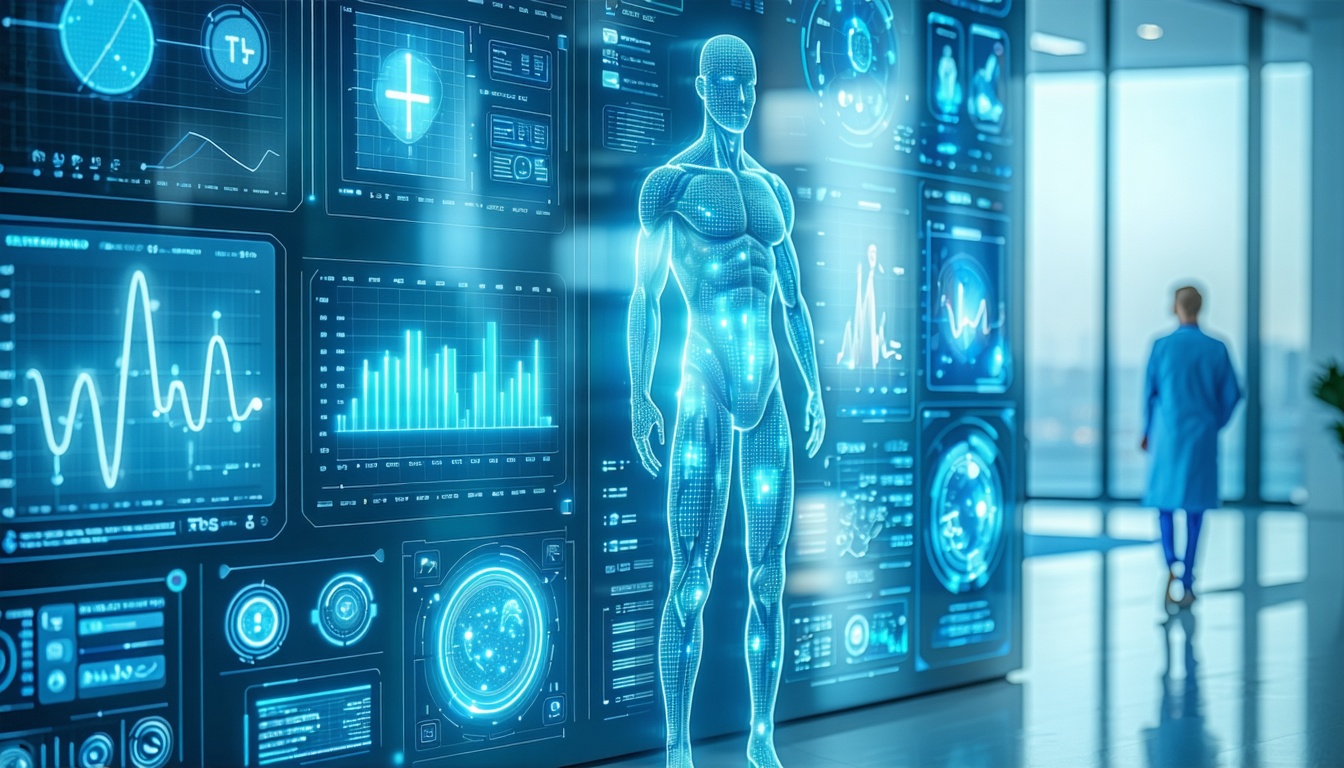
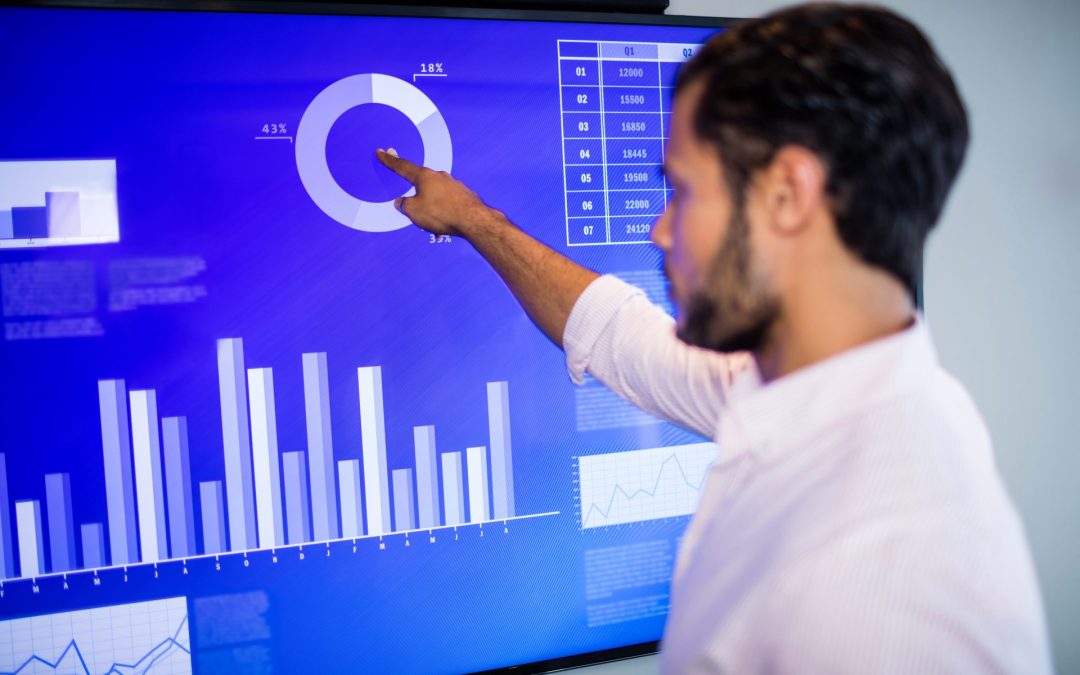
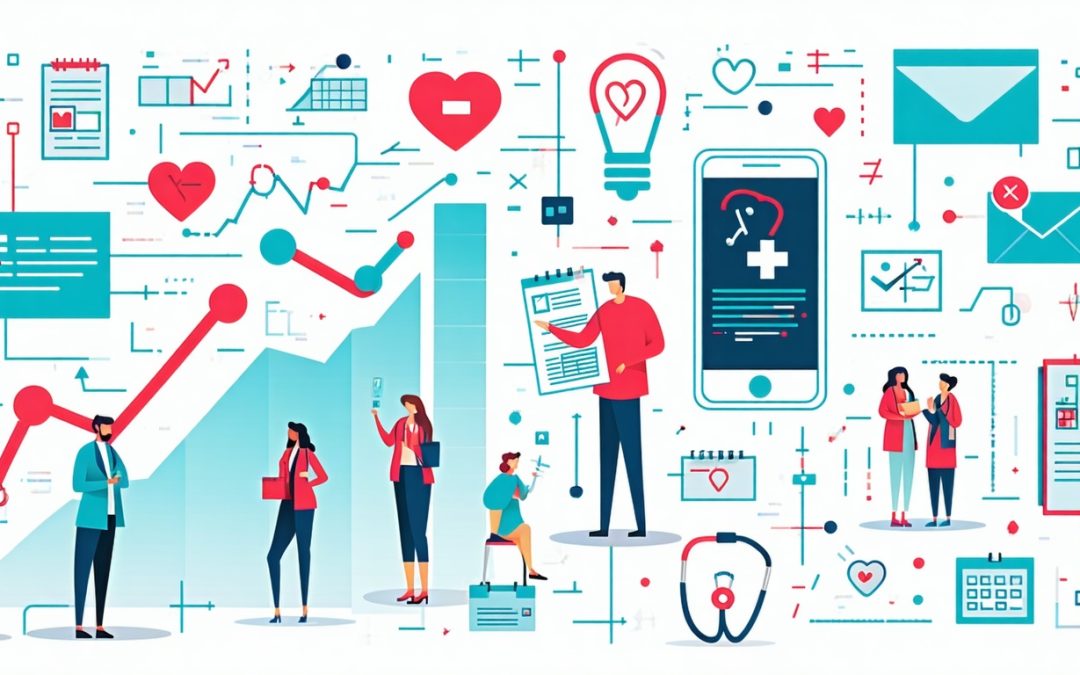
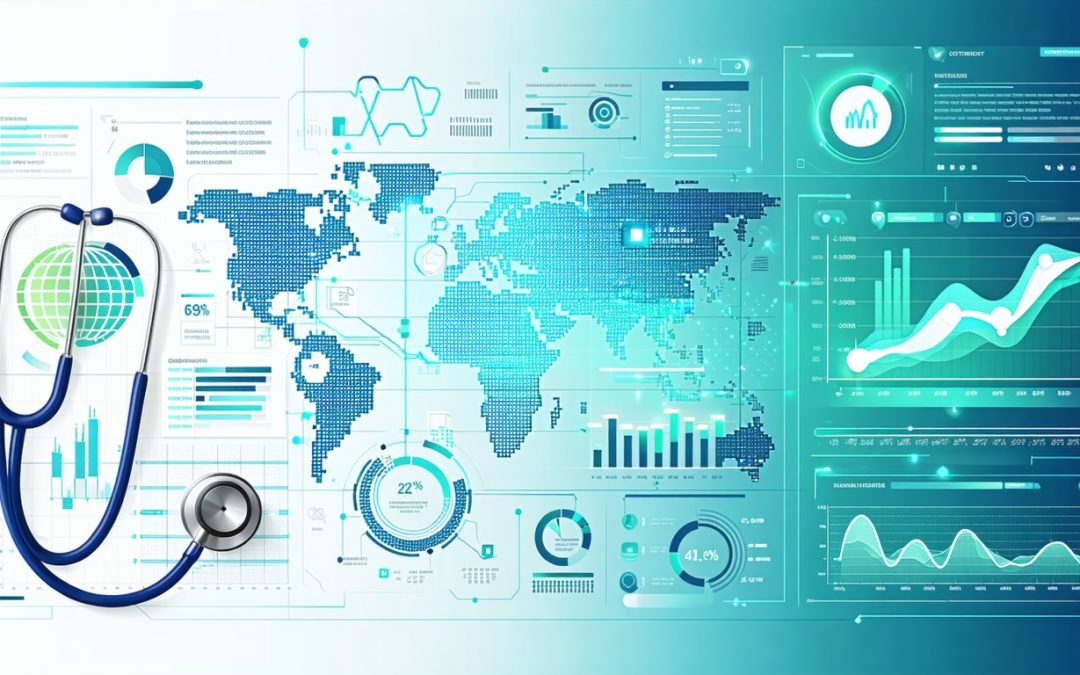
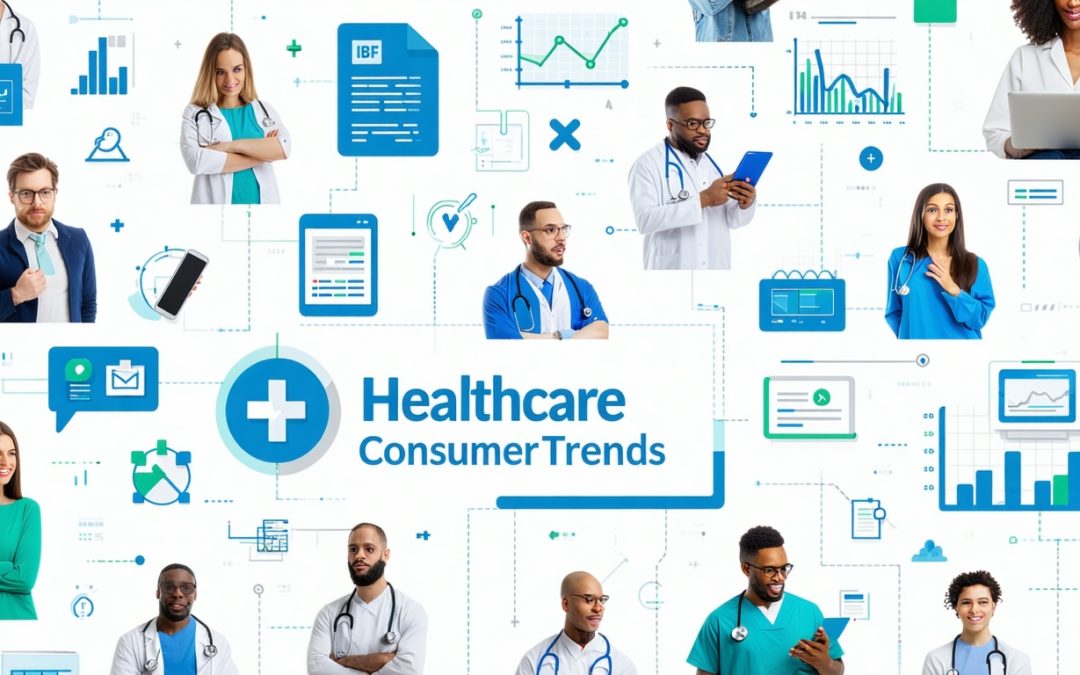
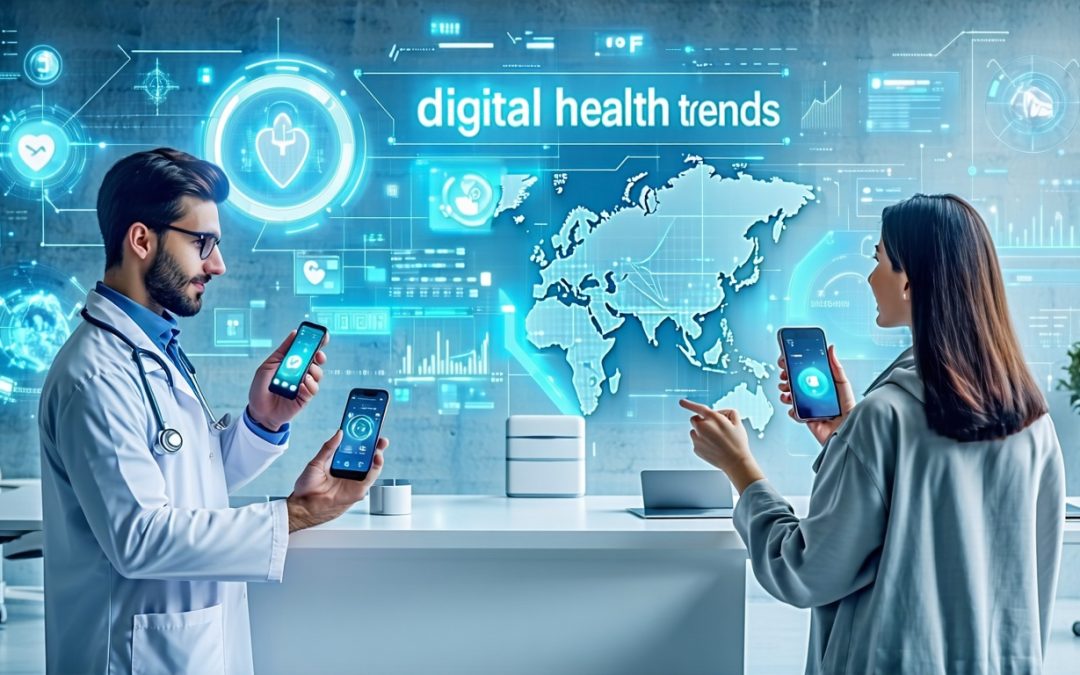
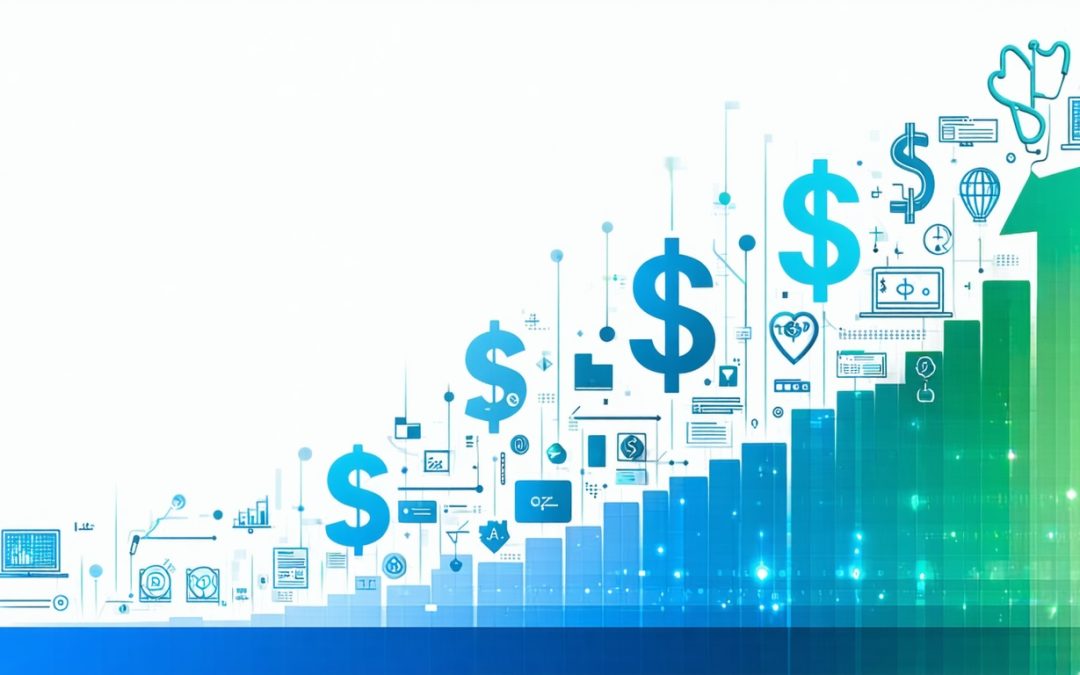





0 Comments